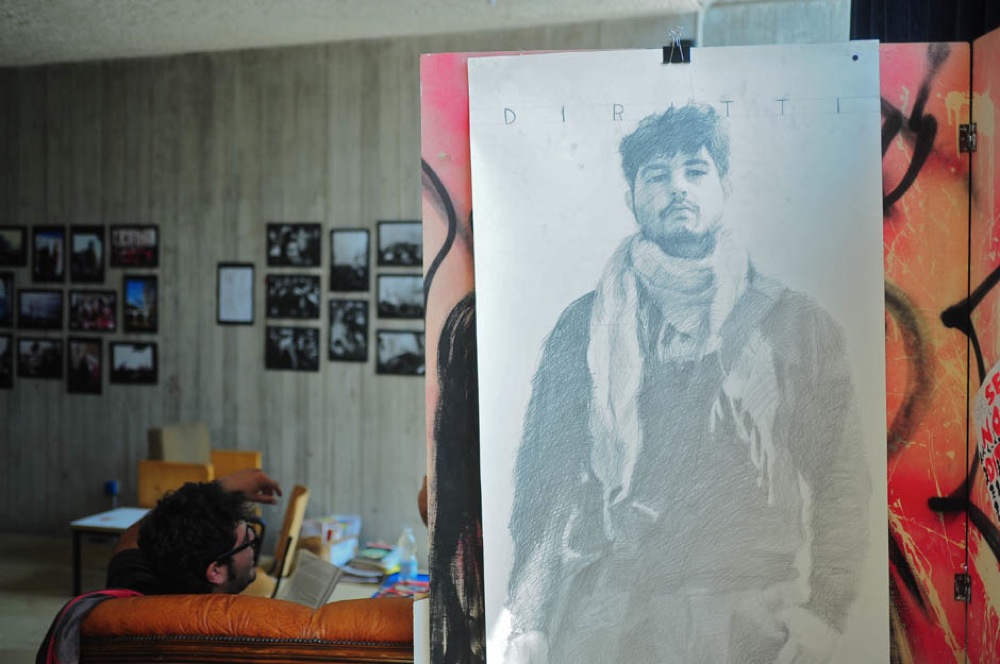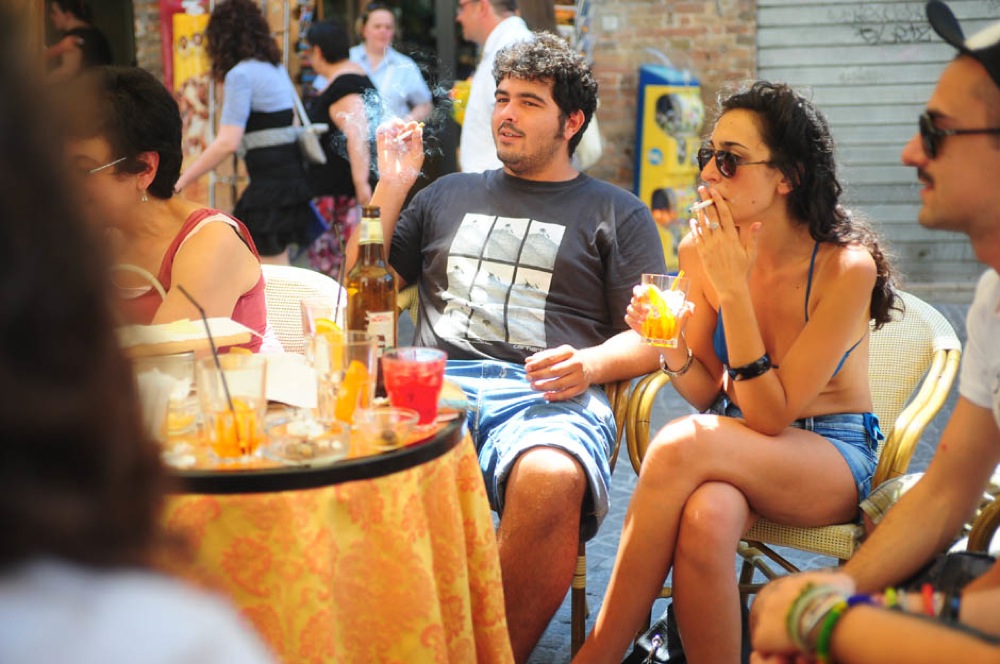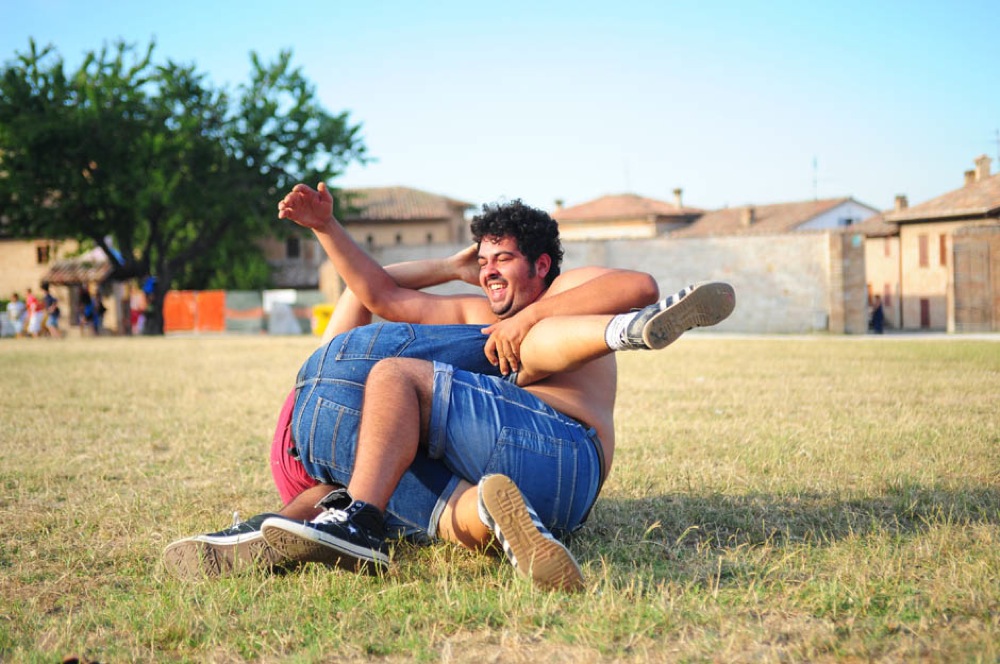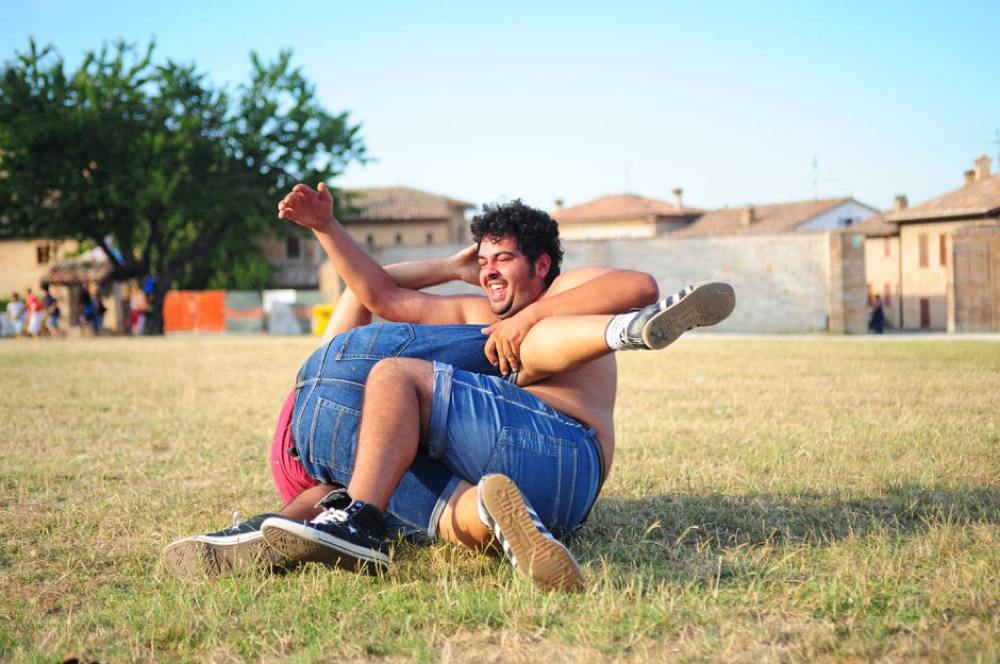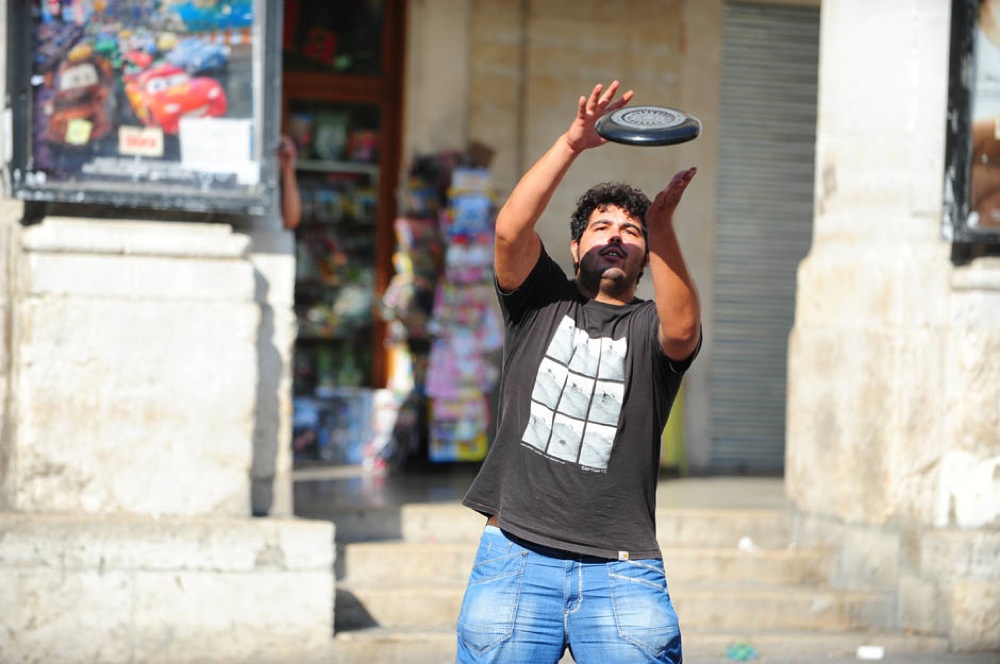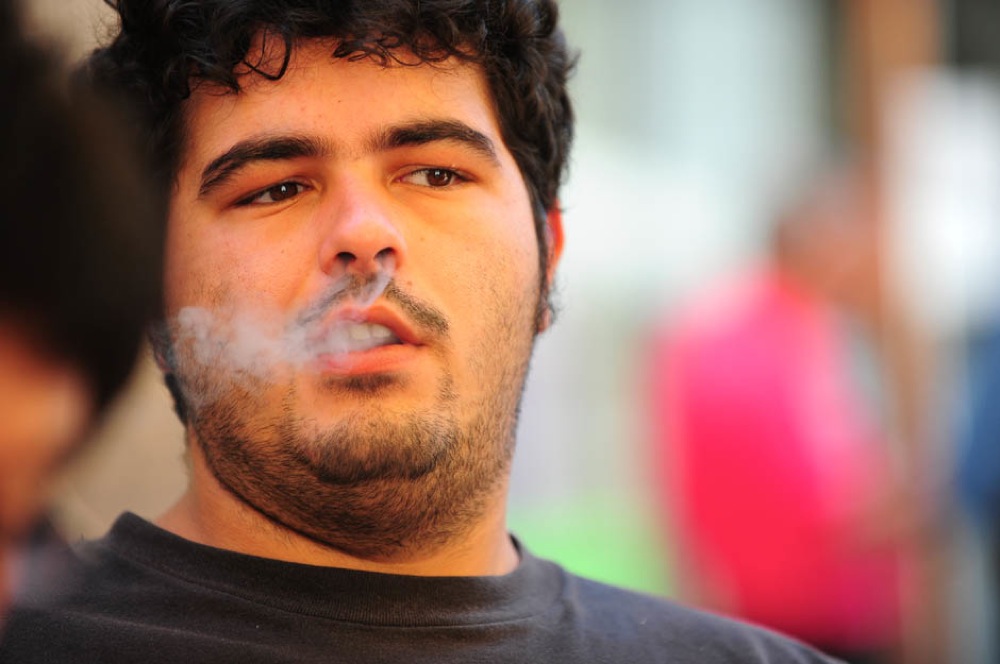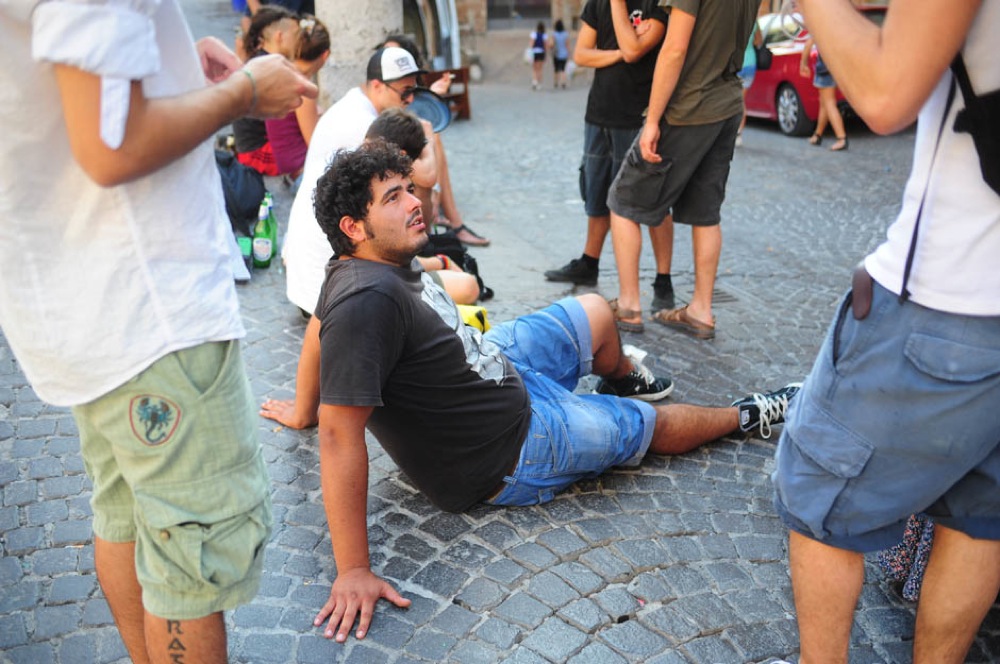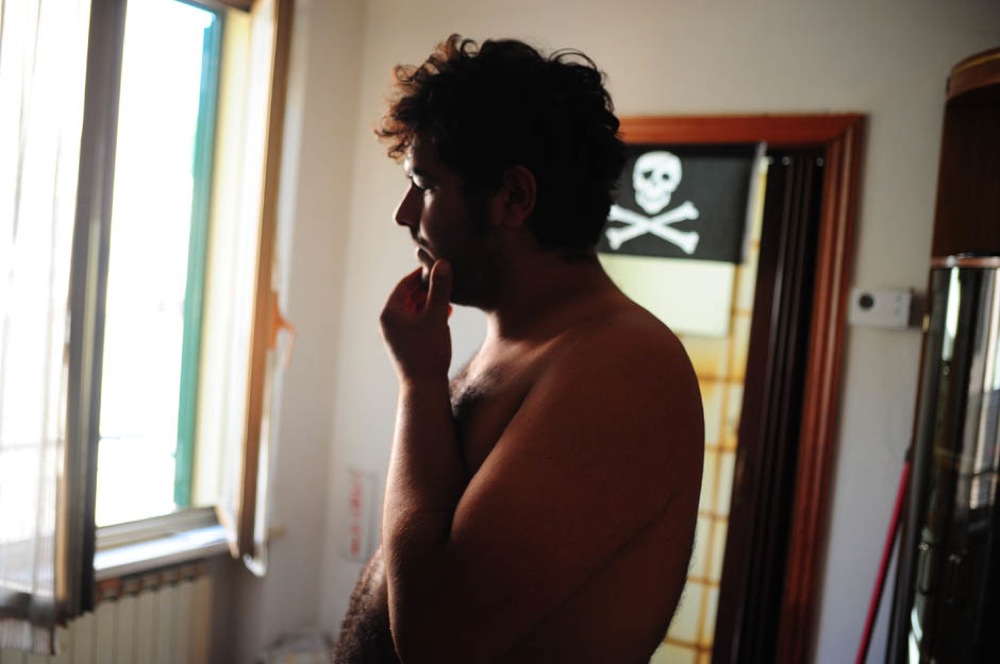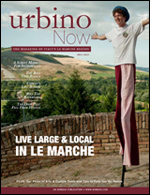The spirit of secularization has dramatically diminished Catholic practice in Italy. But some say a modernized faith can speak to life’s most important questions.
URBINO, Italy – As the priest sets the bread of the Eucharist on Carlos Mascio’s outstretched tongue, the sound of contemporary jazz blares from outside into the ancient walls of the San Francesco Church.
It is Friday night and the daily Mass is far from the minds of most of the residents of Urbino. Just outside the church walls, hundreds of people are drinking and dancing as a few faithful Catholics stand in procession to take communion.
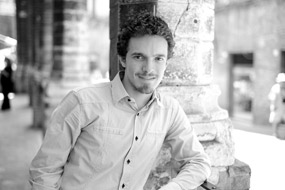 As Mascio, 23, makes his way back towards the worn wooden pews a different type of music joins the commotion. The modern sound of guitar and electric keyboard begins to fill the room from near the altar.
As Mascio, 23, makes his way back towards the worn wooden pews a different type of music joins the commotion. The modern sound of guitar and electric keyboard begins to fill the room from near the altar.
For more than 200 years, in the late Middle Ages, Urbino was under direct rule of the papacy. Walking through its tiny cobblestone streets, you can distinguish Urbino’s time as a papal state in its dozens of churches bearing the crossed keys of St. Peter’s See.
But in a town where Catholicism reigned supreme, secularization, atheism and Bible-centered evangelism are now growing in dominance at a steady rate.
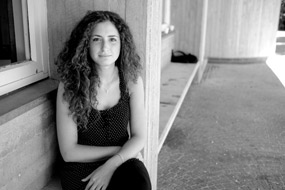 “Urbino is full of students who are politically oriented on the left,” said Laura Severi, a 21-year-old language student at the University of Urbino, “In Italy, there is left and right politically speaking, and usually people belonging to the left don’t really believe in God.”
“Urbino is full of students who are politically oriented on the left,” said Laura Severi, a 21-year-old language student at the University of Urbino, “In Italy, there is left and right politically speaking, and usually people belonging to the left don’t really believe in God.”
Both sides of the aisle tend to agree that in Urbino, religious practice has severely diminished and that the majority of Urbino residents are no longer religious.
“I think that religion has lost its traditions and young people cannot recognize themselves in its principles,” said Alessandro Merli, a 23-year-old philosophy student at University of Urbino. “The number of people going to church is already low and nothing suggests that it will rise again.”
Urbino is not the only place in Italy seeing a growth of secularism. A number of social measurements indicate a nationwide secularization over the last 20 years. For example, the number of Italians taking part in rites of passage consistently dropped from 1991 to 2004, according to Vatican statistics and a study by the Critica Liberale Foundation, an Italian political think tank. The study found a steady process of secularization in Italy as well as a “diminishing appeal of Catholic ideas as regards family life and children’s education.”
While secularization continues to gain a footing in this ancient Renaissance town, there are some who are trying to reinvigorate the religiosity of the local youth.
We must be modern in what we do to keep young people interested.
Mascio, a political science student, is co-president of the Federazione Universitaria Cattolica Italiana (FUCI), a university-based Catholic group with about 700 members throughout Italy. The University of Urbino’s FUCI is the largest chapter in Italy, with more than 40 members, according to Mascio. He says their membership is actually much larger then that.
“We have 40 card-carrying members, but we have many more people who participate in our activities regularly,” Mascio said.
Unlike other Italian Catholic groups, FUCI is a university-oriented organization that focuses on communicating the message of the Bible with students. The Urbino group works directly with friars from the local San Francesco Convent to organize weekly meetings, youth-oriented Masses and street evangelization.
A FUCI Mass is a little different from a traditional Catholic Mass. For a FUCI Mass the pews, which are traditionally in two straight rows, are moved diagonally so that they face towards the aisle and are closer to the altar. A three-person band plays music on a drum set, keyboard and electric guitar throughout the service and an animated priest often gives a sermon which brings the students to laughter.
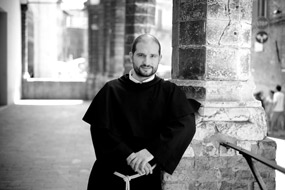 Andrea Cannuccia is the friar appointed to working with FUCI from the San Francesco Convent and also works for FUCI’s national management. Cannuccia said he believes these new types of services are vital for keeping and reinvigorating religious youth.
Andrea Cannuccia is the friar appointed to working with FUCI from the San Francesco Convent and also works for FUCI’s national management. Cannuccia said he believes these new types of services are vital for keeping and reinvigorating religious youth.
“We must be modern in what we do to keep young people interested. When we meet, we speak about one existential question and help the discussion with video, PowerPoints, images and group work,” Cannuccia said.
But FUCI is not trying to change Catholicism. FUCI believes the message of the New Testament is always new and very much important and relevant to today’s youth and world.
For Mascio and FUCI, the most important method for bringing people to the word of God and of Catholicism is to use modern language and methods as a means to introduce people to the timeless values and truth of the Bible.
For FUCI members, the group is simply a means to an end.
“We see FUCI as a way to turn people from vagabonds to pilgrims,” Mascio said. “Our goal is not to make FUCI grow. FUCI is an instrument to bring the Christian message to people.”
While statistics point to a secularizing population, Cannuccia said he does not believe these statistics are a realistic reflection of today’s population.
“If on one end it looks like religious practice is decreasing, actually from what we see and experience it is increasing. This year the number of FUCI members went up in Italy. Religious questions are now more important then before,” Cannuccia said.
For FUCI, the injection of modernity is just right. Melding the ancient message of the Bible with modern language and methods, members believe they hold the key to keeping Catholicism and the Bible well within the hearts and minds of Italy’s youth.
When asked about the future of Catholicism, Mascio turned the question to “the present.” “The present, because it is in the reality of the present that you find the truth.”
As Mascio takes his seat, a slight smirk appears on his boyish face as he listens to the music outside. For the religious youth of Italy, the echo of the streets is not at odds with the ancient communion rite. In some ways, in fact, it fits perfectly.
Slideshow
Click on Image to Show in Lightbox.
